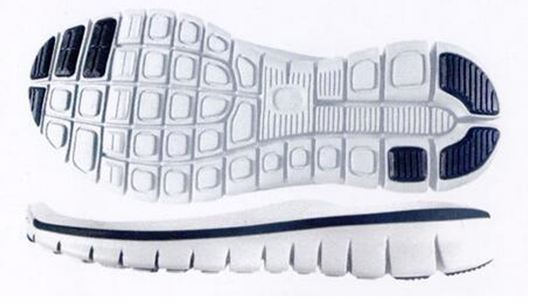Hollow glass beads make light weight and energy saving no longer just an imagination, but a possibility~
Hollow glass microspheres, as fillers, effectively enhance the added value of products, and lightweight design is one of their important features.
Whether in transportation vehicles (aircraft, automotive interiors), shoe soles, or industrial rubber applications, hollow glass microspheres, as low-density, high-strength fillers, provide customers with a new choice for lightweight products, thereby reducing energy consumption. Due to their high filling characteristics, there is also an opportunity to reduce overall costs!


▲ Illustration of Rubber Shoe Soles and Lightweighting in Transportation Vehicles (as above)
Hollow glass microspheres are a forward-looking new material with micron-scale smooth surfaces, mainly composed of borosilicate glass, presenting as hollow transparent spheres under a microscope. They possess various properties such as low density, high strength, high temperature resistance, chemical resistance, low thermal conductivity, and electrical insulation. They also have good flowability, chemical stability, and dimensional stability. Lightweight design has always been one of the urgent problems to solve in various industries. In the development of aircraft and new energy vehicles, reducing the overall weight of the vehicle is key to achieving energy conservation and carbon reduction.
Lightweight applications in the automotive field
a. Automotive plastic components
The average weight of automotive plastic components is approximately 150kg, but using hollow glass microspheres compounded with plastic can reduce weight by about 20%.
Advantages: Each vehicle can save 0.18 liters of fuel per 100 kilometers, with a fuel saving rate exceeding 2% (calculated based on a general vehicle fuel consumption of 6 liters per 100 kilometers).
b. Automotive engine cover
The engine cover weighs 1.925 kg, and its material is PA6-MG30. Replace PA6-MG30 with PA6 GF30 HGB7.
Advantages:
- Expected weight reduction of 212g, a decrease of 11%.
- Improve the dimensional stability of plastic parts, reduce shrinkage and warpage.
- Improve NVH performance and reduce noise.
- Reduce injection molding cooling time by about 10%, increase efficiency, and reduce costs.
.png)
▲ Lightweighting in automobiles has been a hot topic in recent years, especially in the electric vehicle sector.
In rubber lightweight applications, there are also many successful cases:
a. Shoe manufacturing- Directly adding hollow glass microspheres into rubber formulations to create lightweight soles > Making soles and then attaching a thin layer of wear-resistant rubber > Using EVA foam as a skeleton support in the midsole can achieve:
- Lightweight design, density from 1.1-0.9 g/cc.
- High filling amount, reducing rubber usage, thus saving costs.
- Rigidity and anti-shrinkage, providing some skeletal support.
- Good flowability, increasing production efficiency.

▲ Functional Applications of EVA Soles
b. Household products- TPE pillows, mattresses
- Lightweight design, increased rigidity.
- Provide skeletal support and improve flowability.
CONTACT US
Kelly Chemical Corporation
Electronics
TEL:(02)2762-1985 ext 11200
Online Message
Leave your contact information,
and we will get in touch with you soon.
Email Consultation
After receiving your email,
we will process it as soon as possible.send Email